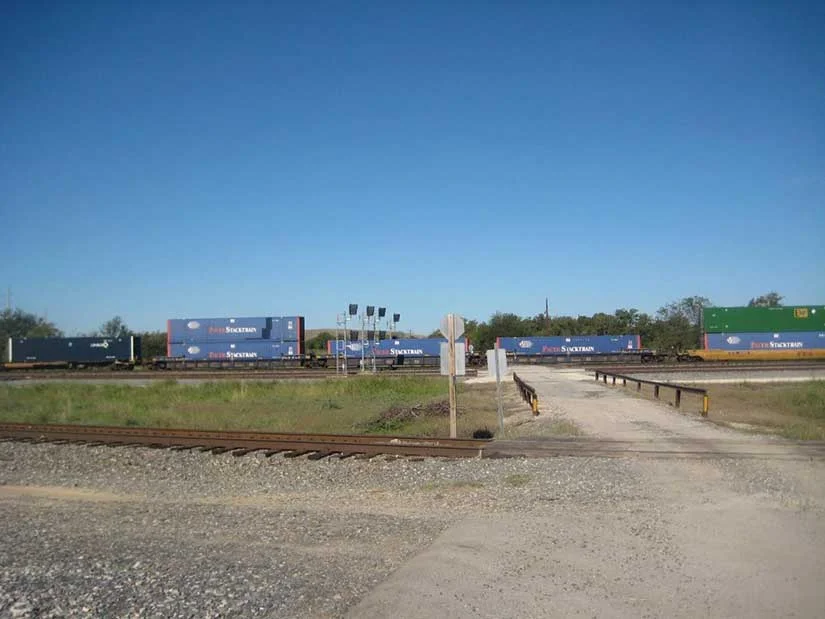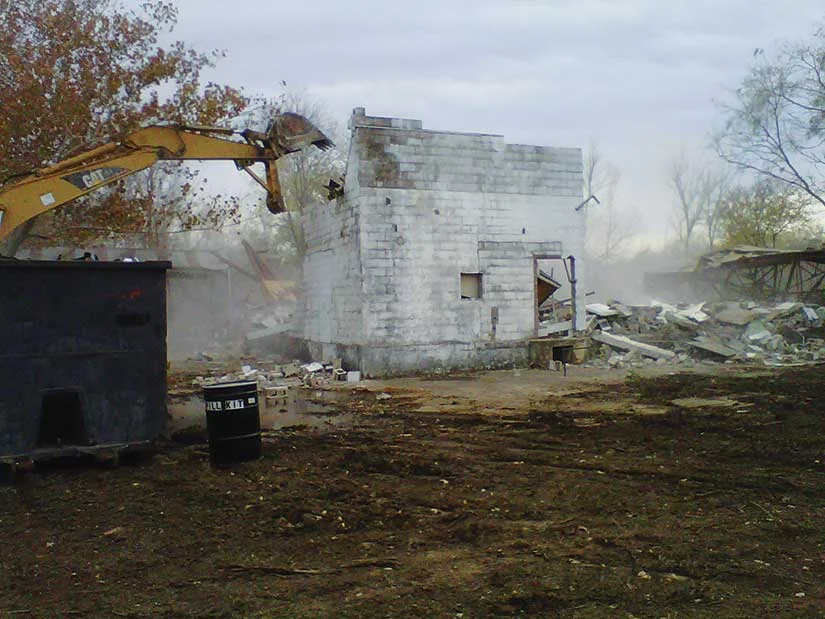Restoring Value to a Former Texas Refinery Site
Client Challenge
A former refinery site had been dormant for decades when the owner, a global oil company, sought to prepare the property for sale. The property had widespread elevated concentrations of lead in surface soil resulting from historic oil-treatment processes. The potential presence of the Texas horned lizard, a threatened species, posed a significant risk to escalated remediation costs. Safety and logistics issues for field work included lead ingestion, the lack of usable roads for heavy equipment, extreme drought conditions, and active railroad tracks intersecting the site entrance.
GES Solution
GES was engaged to delineate impacts, develop the appropriate protective concentration levels (PCLs), address ecological risks, evaluate remedial alternatives, and develop and implement a technically sound, least-cost method toward regulatory closure with the ultimate objective of property disposition.
Historic data were accumulated into an affected property assessment report for regulatory review. Supplemental investigations were completed, where necessary, to complete the site characterization. X-ray fluorescence field screening methods helped to provide a robust data set for delineation, and geostatistical methods were used to demonstrate impact delineation. GES utilized site-specific criteria for the soil-to-groundwater leaching pathway and statistical modeling to generate representative concentrations for comparison of PCLs. The environmental risk assessment included the analysis of lead uptake into the food source of the horned lizard, evaluation of representative ecological receptors, statistical evaluation, and hot-spot analysis. Using these methods, GES developed a risk recommendation that demonstrated that cleanup to human health standards would also be protective of the ecological receptors, reducing active remediation requirements. This was approved by regulators.
GES prepared an analysis of remedial approaches to reduce the soil lead concentrations within an eight-acre portion of the site. The strategy minimized risks and costs of hazardous waste removal and transport via in-situ treatment and stabilization of soils. A grid system, based on soil analytical data, was established to define the limits of areas requiring treatment and classification of soils for treatment or disposal. In all, about 19,000 tons of lead-impacted soils were removed, followed by backfill with “clean” soil meeting background levels of lead. The strategy also utilized institutional controls to limit future site use to commercial/industrial.
Client Value
Regulatory “no further action” designation was obtained for soil and groundwater via technically sound, least-cost measures. Cost savings in excess of $10 million were achieved through regulatory advocacy and remedial approach.
Monitoring and lead exposure prevention plans were put in place to prevent worker exposure. Significant planning and communication regarding heavy equipment movement and operation also contributed to the safe completion of over 7,000 hours of field work in five weeks’ time.


